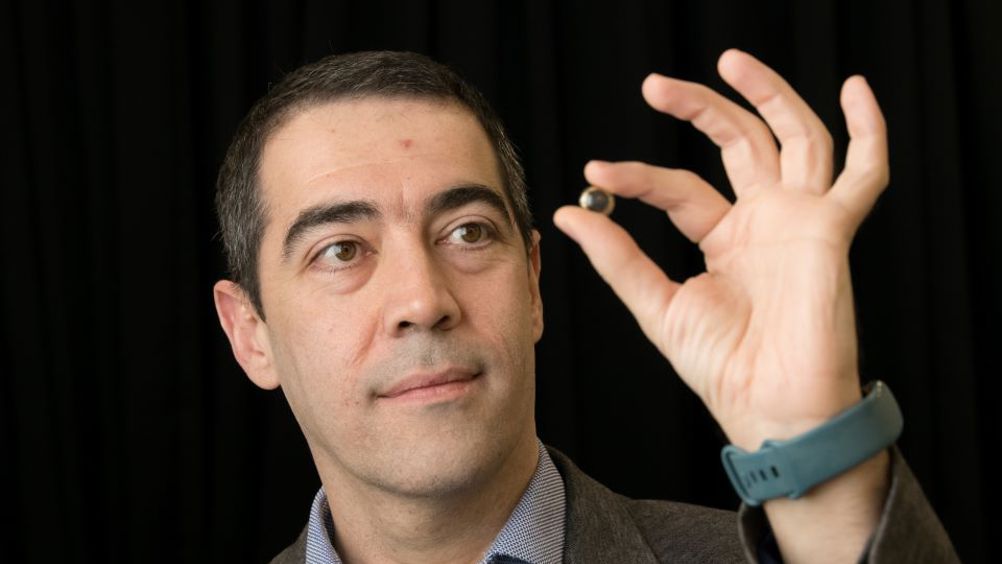Contact lens detects signs of glaucoma
Researchers from the UK and Türkiye have developed a contact lens that detects changes in eye pressure which signal possible glaucoma.

Glaucoma occurs when the optic nerve becomes damaged, usually by a build-up of fluid in the front part of the eye which causes intra-ocular pressure (IOP).
Glaucoma effects around 70 million people globally and is often identified during routine eye tests, by which time lasting damage may already have been caused.
The new contact lenses contain micro-sensors which monitor changes in IOP over a period of several hours, sending the data collected wirelessly so it can be analysed by an ophthalmologist.
The research has been carried out by Professor Hamdi Torun, of Northumbria University; and Professors Günhan Dündar and Arda D. Yalcinkaya, of Boğaziçi University, in Istanbul. Their work, detailed in a paper published in Contact Lens and Anterior Eye, set out the findings from their initial pilot study with six participants.
Having determined that the technology works, they now plan to carry out a further study with a larger group of participants, which will take place over the next year. The lenses will then be made commercially available through their spin-off company GlakoLens.
According to the team, one benefit of using the GlakoLens contact lenses is that measurements can be taken more easily over a longer period of time, giving a more accurate diagnosis.
Register now to continue reading
Thanks for visiting The Engineer. You’ve now reached your monthly limit of news stories. Register for free to unlock unlimited access to all of our news coverage, as well as premium content including opinion, in-depth features and special reports.
Benefits of registering
-
In-depth insights and coverage of key emerging trends
-
Unrestricted access to special reports throughout the year
-
Daily technology news delivered straight to your inbox










National Gas receives funding to develop Gravitricity underground hydrogen storage system
One single rock salt mine - Winsford - has 23 <i>MILLION </i>cubic metres of void and even allowing for 10% of that void set aside for hazardous waste...